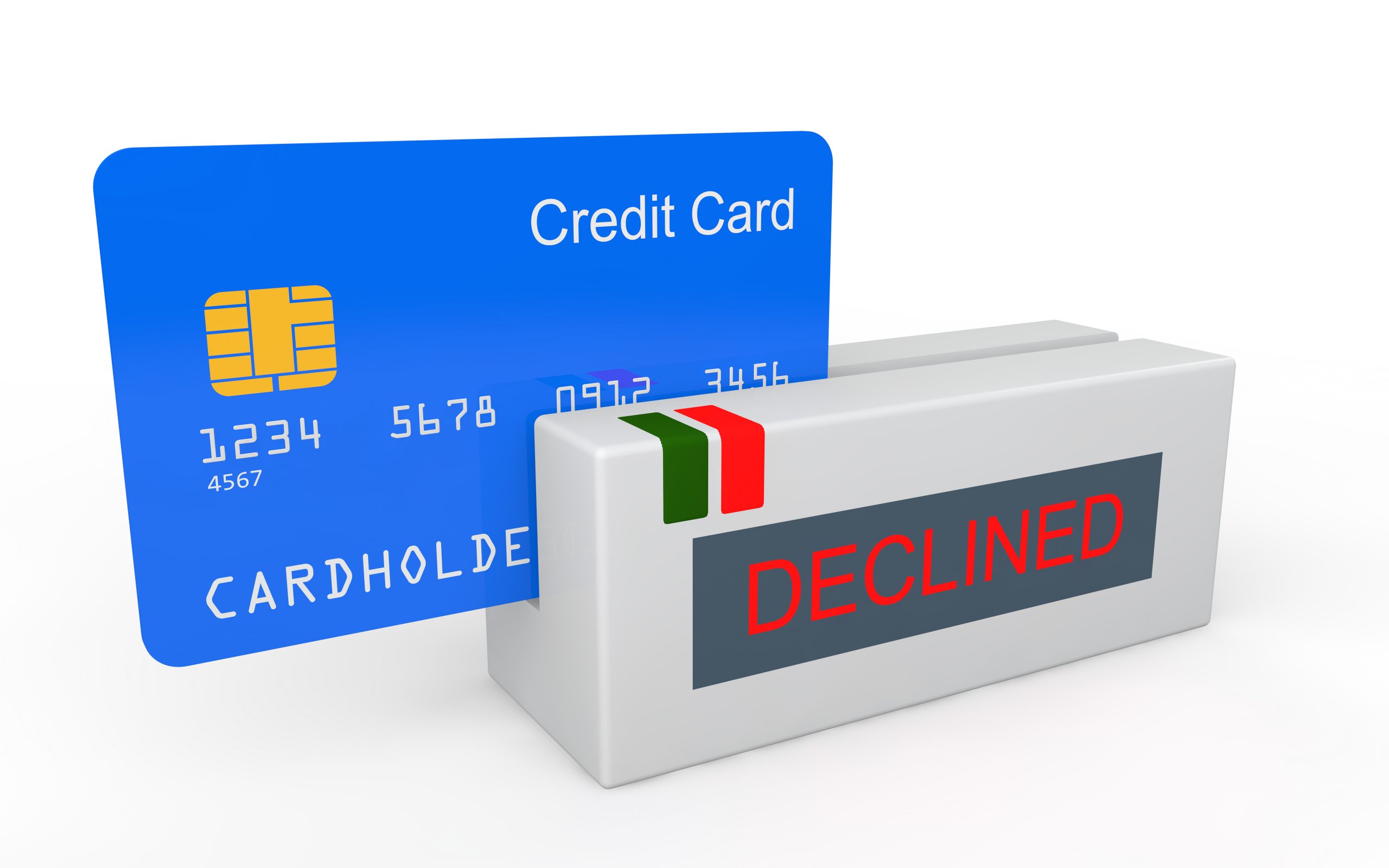
FAQ: Why You Have So Many International Declined Transactions
Nov 24, 2021 2 minute Read
A common question we get from (understandably frustrated) sellers in Canada and Australia involves declined transactions. “My approval ratio is high, so why do I get so many declined transactions when selling to Americans?”
Do you have this issue, too? There’s no doubt about the frustration and rage you might be feeling when customers get all the way through to the last stage of checkout only to be declined. Here’s why this might happen and what you can do about it.
Why International Customer Transactions Are Being Declined
Here’s the scenario we’re considering: you have a business outside the states (could be as close as Canada or as far as Australia) with steady local sales. You have small-ticket items, sell all white-hat products, and have a decent approval rating above 70%. Yet even though you open your store for sales to Americans, those transactions are repeatedly denied. Why? There are two main reasons.
Cardholder Has No Funds
Though we can likely rule this out if transactions are denied regularly, it’s still worth mentioning. Your customers could simply have insufficient funds in their bank account or have reached their credit limit. There’s no fix for this on your end, though you could contact the customer and entice them to come back with they do finally have the funds available.
Generally, one of the first steps a customer goes through during the checkout process is either logging in or entering their personal information. When they submit their email address, you can use it to reach out. Knowing this, take the time to contact your customer and let them know you appreciate their interest and hope they come back to your store. Offering a small discount could sweeten the deal a little bit, too.
Another valid point isn’t the amount of funds or credit a cardholder has, but if they are attempting to use an expired card. As you might expect, the customer should be prompted to get a new card and use another credit card number for the time being.
Customer’s Bank Says “No”
If you have a cross-border merchant account and US banks don’t like it. A cross-border account is what it’s called when you have a processor outside the country a customer wants to purchase from. For example, you have a Canadian payment processor and you’re charging American USD. Banks don’t like this.
Foreign banks don’t speak to local payment processors too kindly. Many times, the card issuing bank will simply deny the transaction outright. This is especially true when using Dynamic Currency Conversion on your gateway, because it’s the bank/customer that has to pay the exchange. For the highest rate of success, something like a US merchant account or multi-currency merchant account is needed.
Solutions for Upending Cross-Border Transaction Card Declines
Above are the two main reasons why an international customer transaction could be declined. The first reason has no real solution; the fault remains at the hands of the customer. But for the second reason, there are a few options for moving forward.
Check Decline Messages
When a transaction is denied, your payment gateway will store a message or decline code about the decline. What you should do is log into your gateway and check these decline messages/codes.
If the code relates to a technical issue, then your next step is clear: contact the processor or gateway provider to resolve it. Upon resolution, you should see fewer international declines.
These codes will also refer to non-technical issues, which you should research further. If it’s something out of your control, then the next step for the safety of your business is to either disallow those foreign transactions or open a merchant account in the US.
You can also check these codes to see if the type of payment is the problem. Maybe your processor doesn’t like bank transfers or debit transactions. If this is the defined reason, then limit the gateway to only allow certain transaction types.
Determine Approval Ratio per Traffic Source
In the scenario we’re using, the approval ratio is decent: around 70% or so. Look at the approval ratio for your other traffic sources and make a comparison. If approval is 72% for US-based transactions but your Canadian approval is 87%, then you need to investigate the discrepancy. Bringing that approval ratio up could lead to less declines at the online payment gateway.
However, if the ratios are within just a couple percentage points of each other, then this shouldn’t be the source of why you have so many declined international online transactions. Just like with the gateway messages from the previous solution, you can limit gateway transactions. While this won’t help you with sales to interested foreign customers, it will at least limit the declines your account is receiving.
Minimize the Amount of Debit You Accept
Debit cards have a different risk profile than credit cards, even though the card type is the same (Visa, American Express, MasterCard, Discover). US banks and debit card issuers don’t want their account holders using debit cards to make foreign transactions due to the risk associated. Because debit cards pull actual funds directly from an account, there’s a higher risk of fraud. And the potential repercussions of that are much more serious than when using a credit card. Authentication, address verification (AVS), and security codes (CVV) help limit fraudulent activity. And card information like accurate billing addresses, correct expiration dates, and other card details help verify the identity of a cardholder.
Even so, because of the risk, US financial institutions will more often than not exclaim a resounding “no” to allowing foreign purchases.
Lower-ticket items could be the culprit. We know it isn’t black-hat products in this scenario (though that does come with a high amount of risk, too). When you sell products at a low price point, customers will default to using debit. The dent to their funds is minimal, so they don’t need the monthly payment solution offered by credit cards.
Raising the price of your product in the US could help you minimize use of debit and lower your gateway’s international declines. You need to be smart about this because customers won’t be happy if they view your store one day and suddenly see $100 premium or exorbitant fees at checkout. Gradually, though, you can raise the prices for customers viewing your store from the States.
You can also set your gateway to operate with specific types of transactions and payment methods like only credit cards, debit cards, ACH, or bank transfers. And it’s entirely possible—and recommended—to have multiple merchant accounts and use multiple payment processors. If your customers want to use debit, then forcing them to change their preference won’t work in your favor. You’ll need a processor that’s friendly to US banks if monthly sales volume supports it.
Open a US Merchant Account
If the issue is US banks not working well with foreign credit card payment processing companies, then don’t use a foreign processor. Open a US merchant account to manage US-based transactions appropriately and without issue. Obtaining the account is an endeavor in-and-of itself, but it’s well worth the effort if there’s value in reaching these American customers.
If that’s not a road you’re willing to go down, then payment aggregators like Stripe or 2checkout are also viable solutions for accepting foreign transactions. You’ll have to set this up so you’re not using the aggregator for all your transactions, so be aware. But opening an account with one is fast and easy and should be no trouble for white-hat products, small-ticket items, and small transaction amounts.
Open a US Merchant Account and Stop International Transaction Declines Dead in Their Tracks
DirectPayNet is an industry-leading merchant service provider when it comes to high-risk industries. Even if you don’t operate a high-risk business, our team of highly experienced representatives will help you set up a merchant account that allows you to reach customers from all over the world while helping to limit chargebacks and declines. If there’s potential for a steady stream of income and you can’t quite automate it, we have the solutions for you.
Contact us today and eliminate international declines for good.





2 thoughts on “FAQ: Why You Have So Many International Declined Transactions”